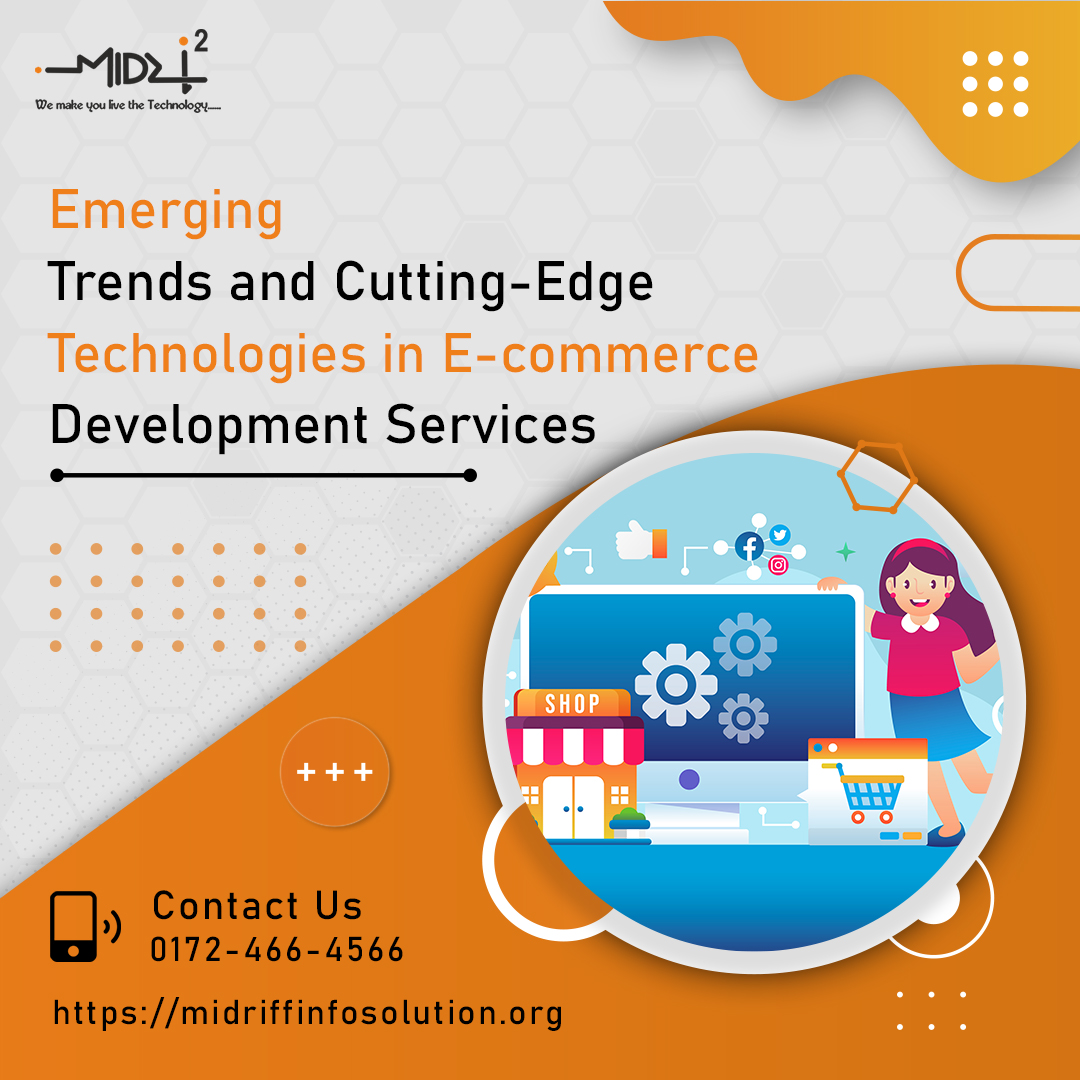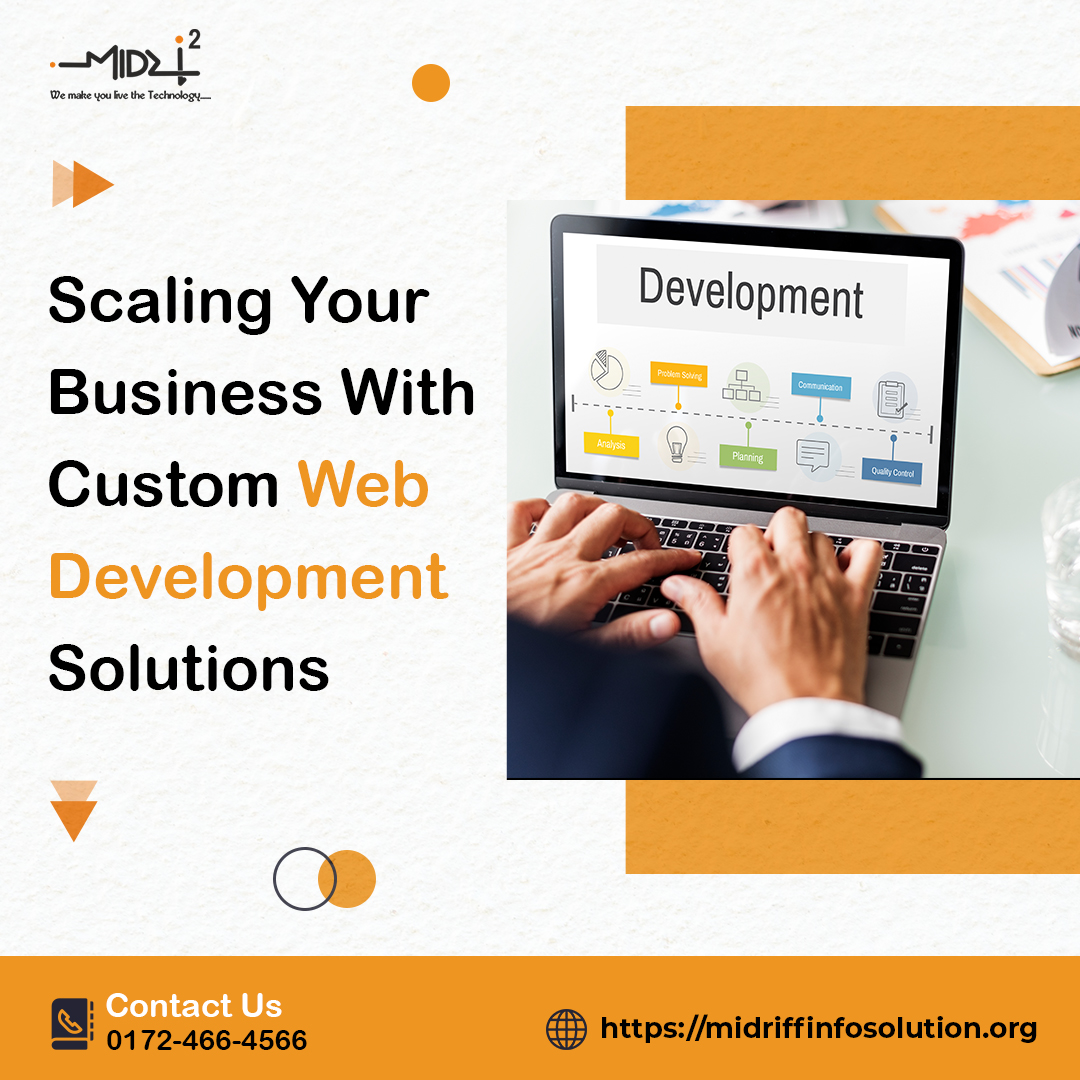In today’s fast-paced digital landscape, e-commerce has become an integral part of businesses, both big and small. E-commerce development services have evolved to adapt to changing consumer behavior, emerging technologies, and market dynamics.
To stay competitive and thrive in the online marketplace, it’s crucial to keep up with the latest trends and technologies in e-commerce development. In this one-page blog, we’ll explore some of the most important advancements in the field.
Latest Trends and Technologies in E-commerce Development Services
The world of e-commerce development services is continually evolving to meet the ever-changing demands of consumers and businesses.
Staying updated with the latest trends and technologies is essential to remain competitive and provide exceptional online shopping experiences.
From headless e-commerce for enhanced flexibility to mobile commerce to cater to the growing mobile user base, and from AI and machine learning for personalization to voice commerce for convenience, and AR and VR for immersive shopping, these trends are shaping the future of e-commerce.
1. Headless E-commerce
Headless e-commerce is a cutting-edge approach that decouples the front-end and back-end of an e-commerce platform.
This separation provides flexibility and enables businesses to deliver seamless shopping experiences across various devices and platforms.
With headless e-commerce, businesses can easily adapt to new technologies, improve performance, and maintain consistent branding.
2. Mobile Commerce (M-Commerce)
The continued rise of mobile devices has transformed the way people shop online. Mobile commerce, or m-commerce, is a trend that cannot be ignored. E-commerce development services are increasingly focusing on creating mobile-friendly websites and apps, optimizing user experiences for mobile shoppers, and implementing mobile payment solutions to cater to the growing mobile consumer base.
3. Artificial Intelligence (AI) and Machine Learning
AI and machine learning are revolutionizing e-commerce development. These technologies enable businesses to offer personalized product recommendations, chatbots for customer support, and predictive analytics for inventory management.
AI-driven solutions can enhance the shopping experience, boost conversion rates, and streamline operations.
4. Voice Commerce
Voice commerce, driven by virtual assistants like Amazon’s Alexa and Google Assistant, is gaining attention.
E-commerce development services are incorporating voice search capabilities and voice-activated shopping features into their platforms.
This trend allows customers to make purchases and interact with e-commerce websites using voice commands, making shopping more convenient than ever.
5. Augmented Reality (AR) and Virtual Reality (VR)
AR and VR technologies are transforming the way customers interact with products online.
E-commerce businesses are leveraging AR to offer virtual try-on experiences for clothing, accessories, and even furniture. VR, on the other hand, is creating immersive shopping environments.
These technologies enhance customer engagement and reduce returns by providing a more accurate representation of products.
Conclusion:
As a business owner or decision-maker, it’s crucial to consider how these trends and technologies can benefit your e-commerce strategy. Embracing and integrating these advancements can help you reach new heights in the online marketplace, creating a seamless, convenient, and personalized shopping experience for your customers. The future of e-commerce is here, and it’s full of exciting possibilities for those who are willing to adapt and innovate.





